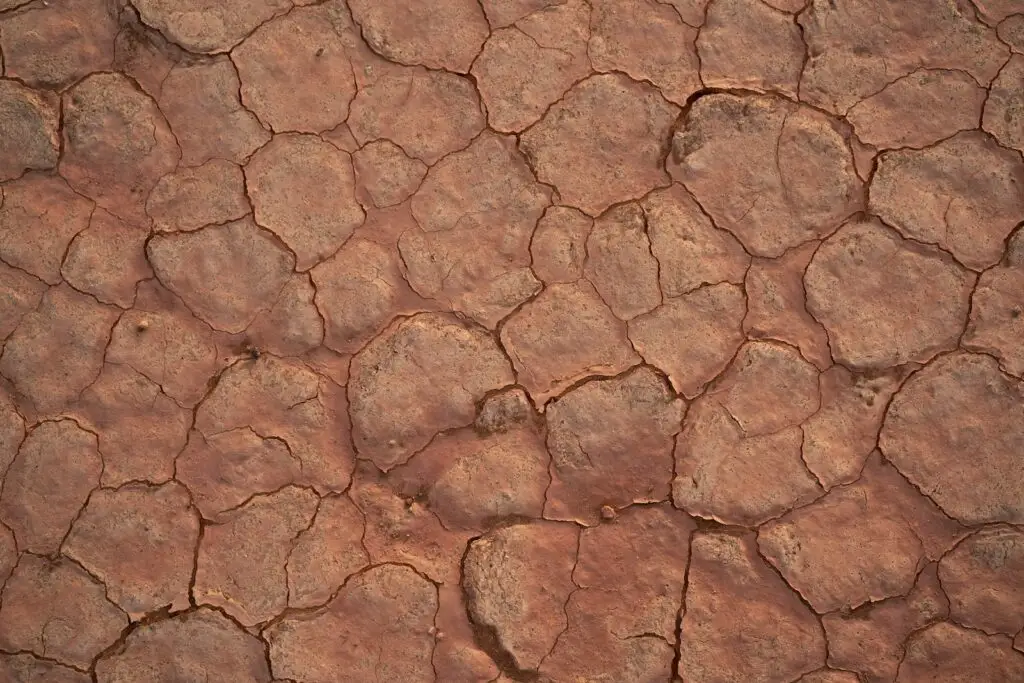Soil Texture: When the percentage of sand, silt, and clay is measured, the soil may be assigned a textural class using the USDA textural triangle. Within the textural triangle are various soil textures which depend on the relative proportions of the soil fractions.

Twelve soil textural classes are recognized, and their compositions are designed on a textural triangle. The class name can be determined by plotting these values on a textural triangle using the following technique:
- Clay; extend the line horizontally from the percent clay (parallel with the triangle’s base, sand).
- Silt; extend the line downward from percent silt at 60° (parallel with the right side of the triangle, clay).
- Sand; extend the line upward from percent sand at 120° (parallel with the left side of the triangle, silt).
For example, if the soil is 50 % sand, 35 % silt, and 25 % clay, the texture is sandy clay loam.
Figure 1. USDA soil textural triangle; indicated example, sandy clay loam: 50 % sand, 35 % silt, and 25 % clay.
How to determine soil texture
- Take about 2 tablespoons of soil in one hand and add water, drop by drop, while working the soil until it reaches a sticky consistency.
- Squeeze the wetted soil between the thumb and forefinger to form a flat ribbon.
- Determine the texture based on the length of the ribbon that can be formed without breaking—see the following table.
| Texture | Length of ribbon (mm) | Root growth not restrictedModerately susceptible to mechanical compactionModerate plant available water moderate infiltration rate |
|---|---|---|
| Sandy | <15 | Root growth is not restricted, but highly susceptible to mechanical compaction and may be hard settingModerate infiltration rateModerate plant available water |
| Sandy loam | 15–25 | Slight resistance to root growthHigh infiltration rate low plant available water. |
| Loam | 25 | Root growth not restrictedModerately susceptible to mechanical compactionModerate plant available waterLow to the moderate infiltration rate |
| Silty loam | 25 | Root growth is frequently restrictedModerately to highly susceptible to mechanical compactionSome restriction on water movement leading to periodic waterloggingModerate to high plant available water |
| Clay loam | 40–50 | Root growth not restrictedModerately susceptible to mechanical compactionModerate to high plant available water |
| Clay | 50–75 | Root growth moderately to severely restrictedHigh susceptibility to mechanical compactionWater drains very slowly except in self-mulching soils. |
| Heavy clay | >75 | Root growth moderately to severely restrictedHigh susceptibility to mechanical compactionWater drains very slowly except in self-mulching soils. |
Read Also:
References and Sources
- https://www.qld.gov.au/environment/land/management/soil/soil-properties/
- https://en.wikipedia.org/wiki/Soil_texture
- https://www.fao.org/fishery/docs/CDrom/FAO_Training/FAO_Training/General/x6706e/x6706e06.htm
